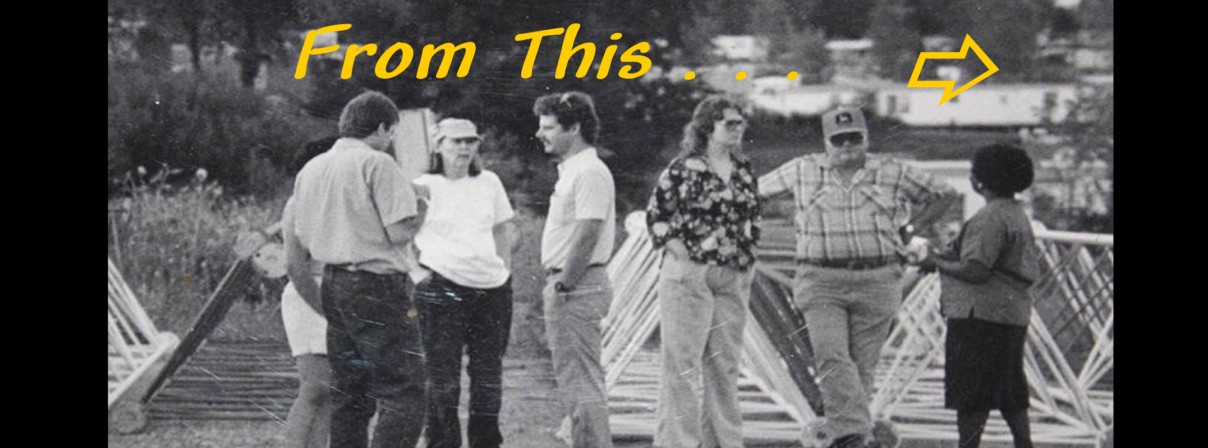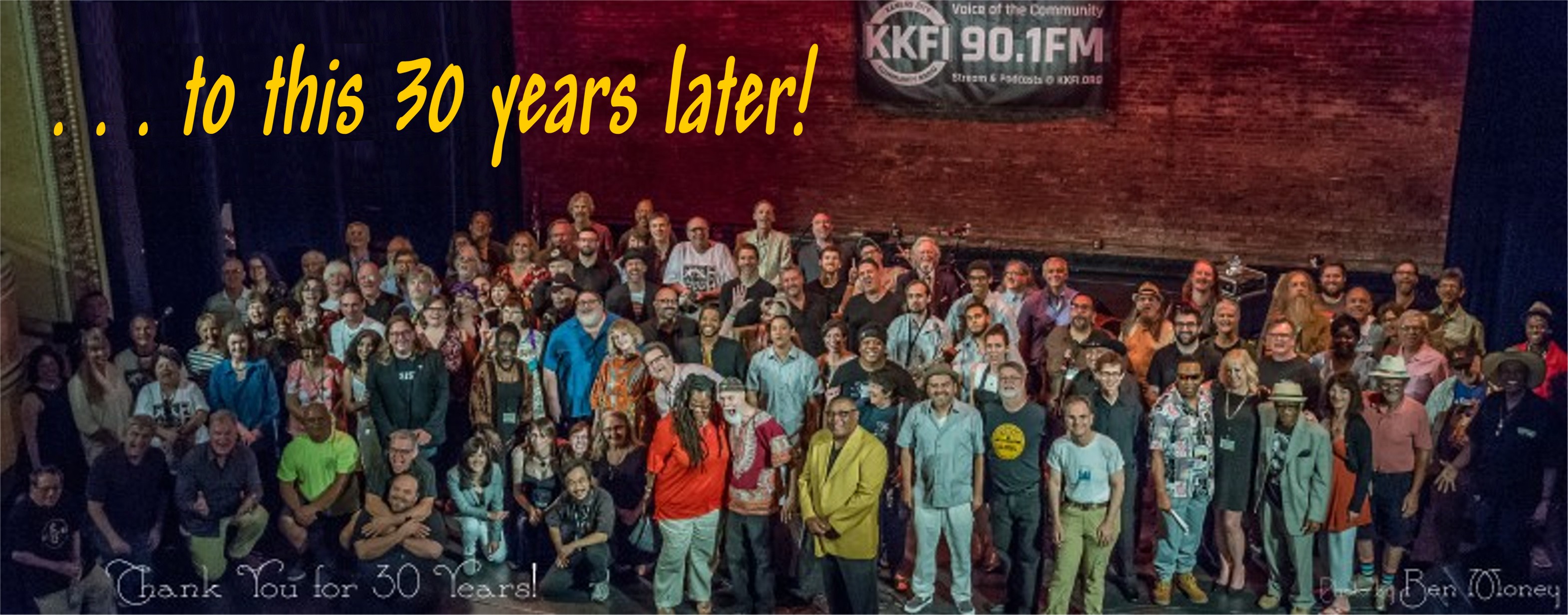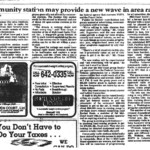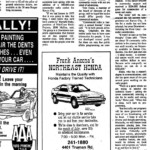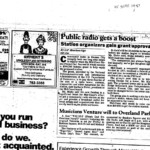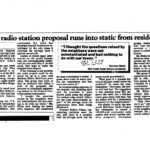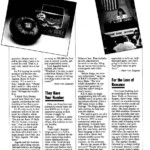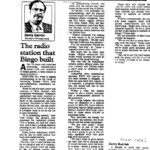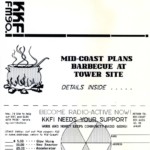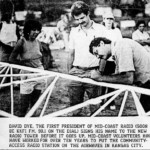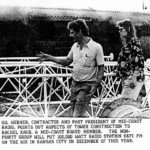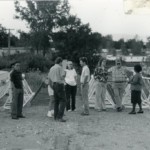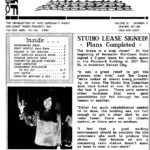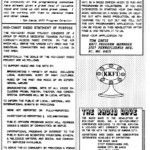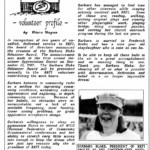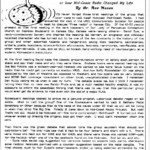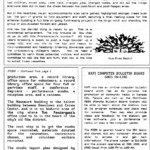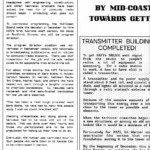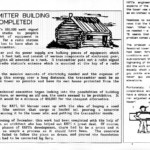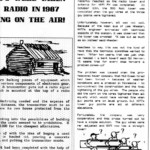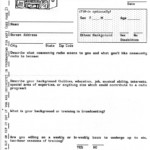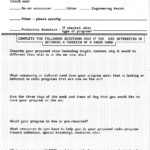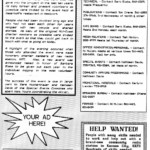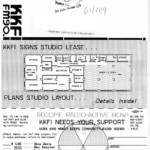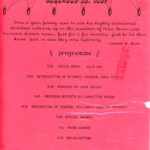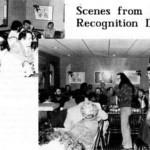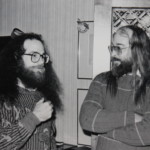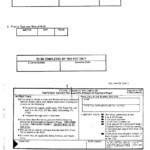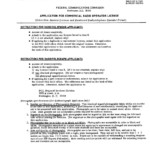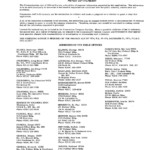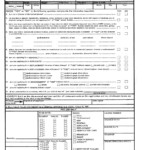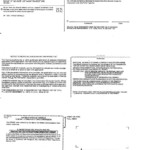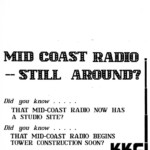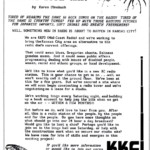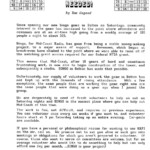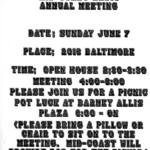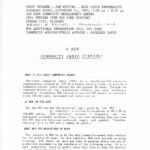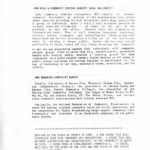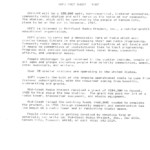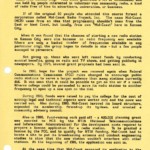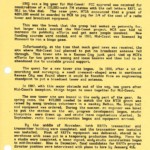Getting close to the date when KKFI was supposed to go on the air in 1988, the year 1987 was the busiest year in Mid-Coast’s history. New tasks ahead – completing the FCC application, using the Department of Commerce grant money, ordering and getting equipment delivered, hiring a program director, worrying about what to put on the air, starting a 2-node computer bulletin board system (pre-Internet), finding a studio location, getting new volunteers, continuing with the money-making bingo games, and encountering an unexpected challenge which threatened to sabotage the entire seven years of effort!
In February of 1987 Joe Lambe wrote in the Kansas City Star, “In a year, Kansas City area residents may be able to turn to radio for everything from their favorite local bar band to the exotic sounds of Swiss jazz and Puerto Rican salsa.”
“Why don’t we start a radio station?” – Article by Walton Whitaker – Kansas City Times April, 1987.
In 1987 Mid-Coast received an equipment grant for $204,000 from the Department of Commerce! The group then had gotten the go-ahead for a construction-permit which would allow it to file an application for a 100,000 watt broadcast license. Engineering studies were completed, and a tower site was located! What could go wrong!?
Then in July, 1987, at the last minute before the final license application was due in a month – the bottom fell out of everything! The tower site was lost!
In 1987, Mid-Coast (MCR) thought it had the ideal tower site. Located in the middle of an auto-salvage yard founded in 1932 on Blue Ridge Boulevard. On the edge of Kansas City, the owners were happy to find another source of income with a radio tower constructed in the middle.
Problem was – the city had changed its zoning requirements and a bunch of houses had sprung up across the street from the junk yard.
To get approval to construct the tower there, it became necessary to go the the Kansas City Zoning Board. A cinch, right? Wrong! When Barb Blake, Gil Werner, and Tom Crane went to the meeting of the zoning board in city hall in July, suddenly they were confronted with several angry neighbors who were against having a radio tower across the street from their homes.
The neighbors argued that the tower would “hurt their property values”! But the question arises – after building their houses in the 1950’s across the street from an auto-salvage yard, who in their right mind would consider a neighboring radio tower any worse than what was already there?
Completely surprised by this outpouring of rage, a continuance was granted for another meeting. Hopes began to sink.
Trying to salvage the situation, Gil Werner and Tom Crane created a petition for neighbors to sign saying they had no problem with a radio tower in that location. Then the two proceeded to Blue Ridge Boulevard and walked its length stopping at each house to get a signature on the document. The plan was to take it to the next hearing and present it to the zoning board to show that there was support for the tower.
This would solve the problem, right? – – Wrong!
When the next zoning board meeting convened, even MORE neighbors showed up to complain. The petition didn’t help with its few signatures. This doomed the location! DOOM!
The FCC license application to be sent in, included detailed engineering data based on the tower location on Blue Ridge Boulevard and was due in July! With virtually no time to change the application, another tower site had to be quickly found.
Woody Crane with his engineering studies discovered that there was only a very small physical area where the tower could possibly be located that would not interfere with other broadcast channels such as TV, radio, and aviation channels. This was located in in a small diamond shaped area straddling eastern Kansas City and Independence, Missouri. It also included an unincorporated area of Jackson County called “Blue Summit” (Ironically just south of musician Charlie Parker’s grave site).
Turns out, that this area is not regulated by the Kansas City zoning commission but by Jackson County, Missouri and because it is unincorporated, it is also a wild and open place. Blue Summit has been noted for appealing to the seedy side of life with adult bookstores and entertainment – notably an “adult lifestyle and swingers club”.

So, there were just two weeks to go to meet the deadline for the FCC license application to be turned in – with no tower site. Panic was setting in, Barbara Blake, Woody Crane, and Tom Crane drove all around the Blue Summit area to search for a possible tower site.
They discovered a construction company with an owner who was sympathetic to allowing a radio tower to be built on his property. After consulting with lawyers, a lease was prepared to be signed.
The next step was to go to another zoning board – this time the Jackson County body. This time, the zoning permission sailed through with no problems with permission to start construction of the tower in July.
This is a YouTube video showing the tower site where KKFI is located and has been since 1987. The transmitter for the radio station is located at the base of the tower.
In August, 1987 Kansas City Magazine did an article about what would become the new radio station – and bingo.
Finally – in September, 1987 tower parts were delivered to the Blue Summit tower site and construction actually began – 10 years after Mid-Coast radio started.

In 1977, Barry Garron, media columnist for the Kansas City Star wrote an article “The Radio Station Bingo Built” on October 3.
With the tower in pieces on the ground ready to be assembled and erected, a barbecue was held at the site in Blue Summit, and those who were there got to sign the tower with their names!
The December Radio Waves newsletter grew to 12 pages and showed all the work that had been done during the year! It was the most extensive publication Mid-Coast had ever published and was done on a dot-matrix printer with a DOS program called “Fontasy”.
In December of 1987, Mid-Coast Radio held its first volunteer recognition dinner at Meierhoffs Restaurant in Westport.
Before any volunteer for KKFI could broadcast over the public airwaves on a radio station, s/he had to have an “operator’s license” issued by the Federal Communications Commission. The forms were mailed in, and the radio station had to keep them on file.
Flyers created and mailed out in 1987.
1987 Fact Sheet and History.

